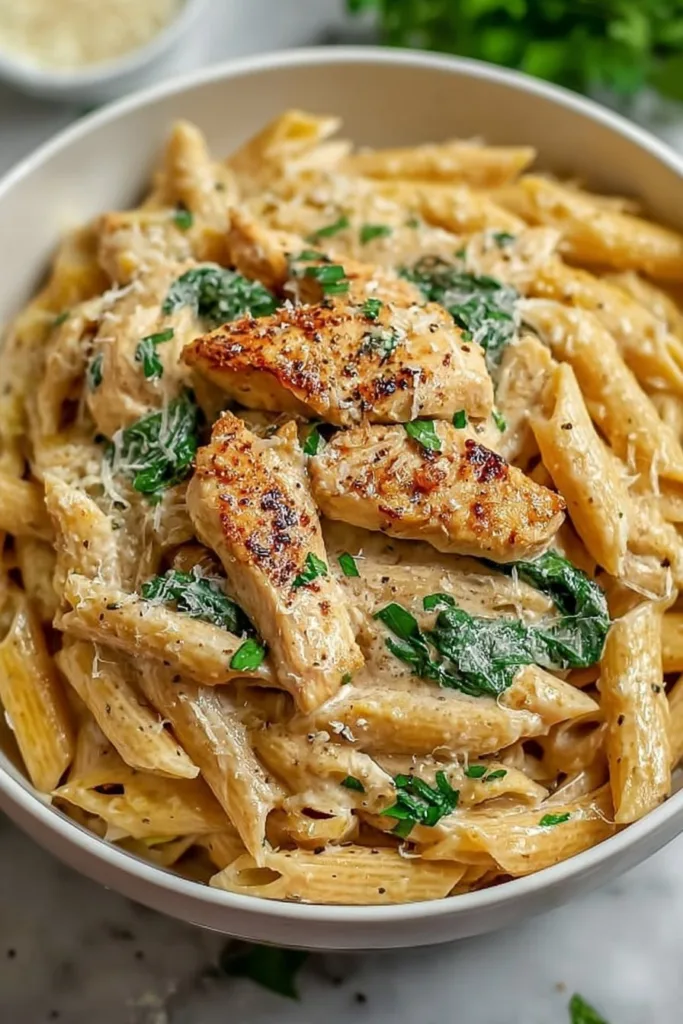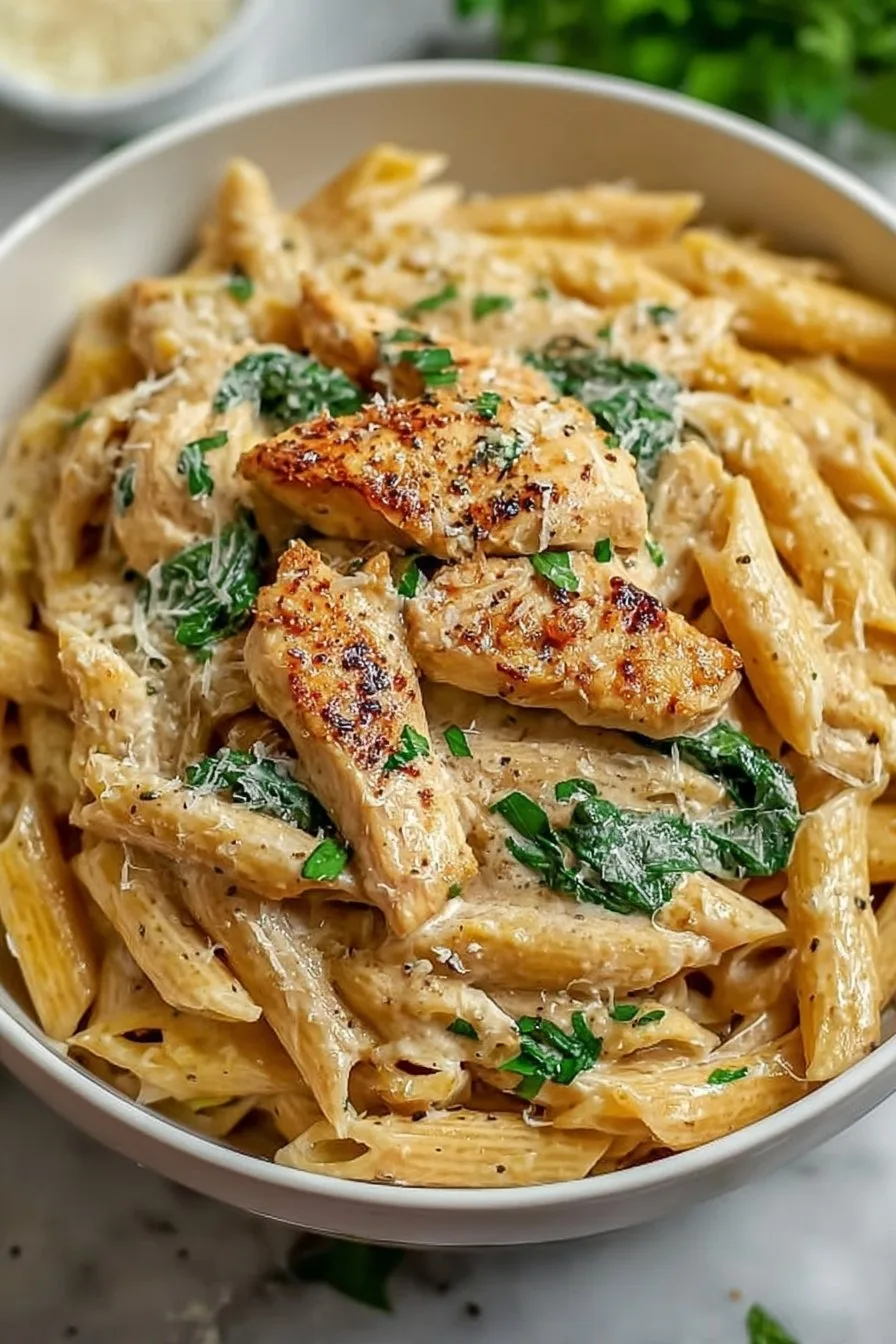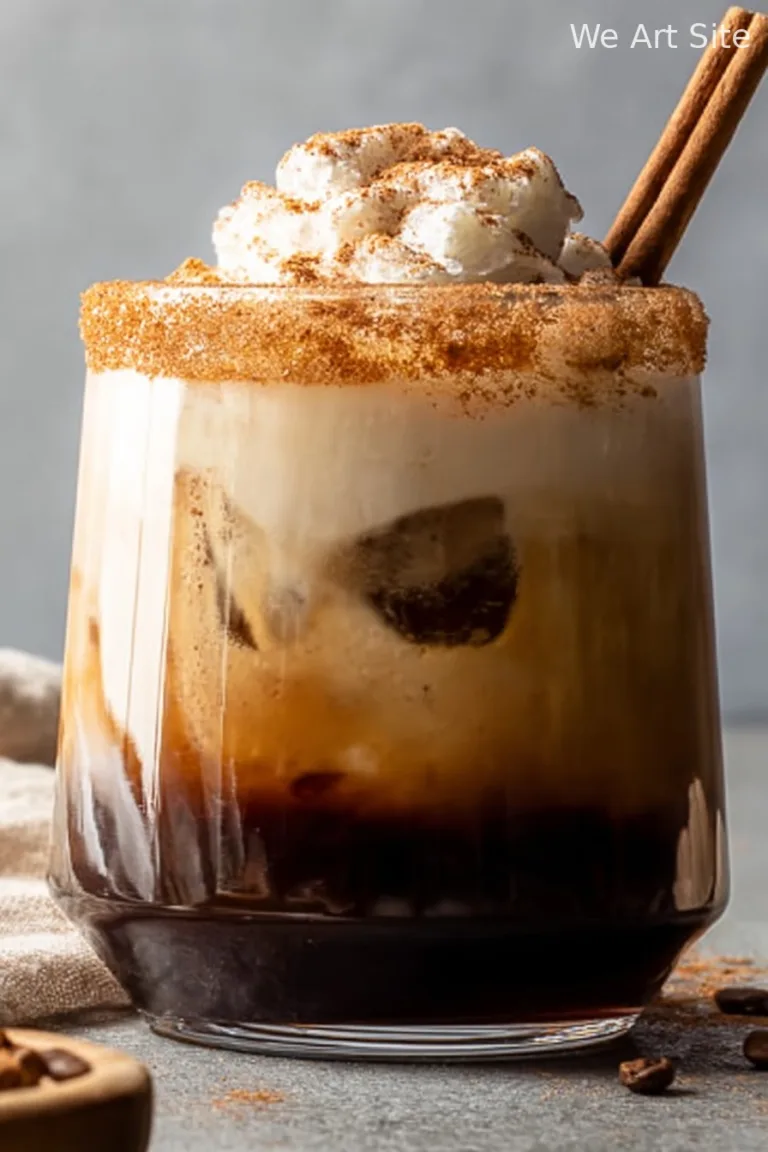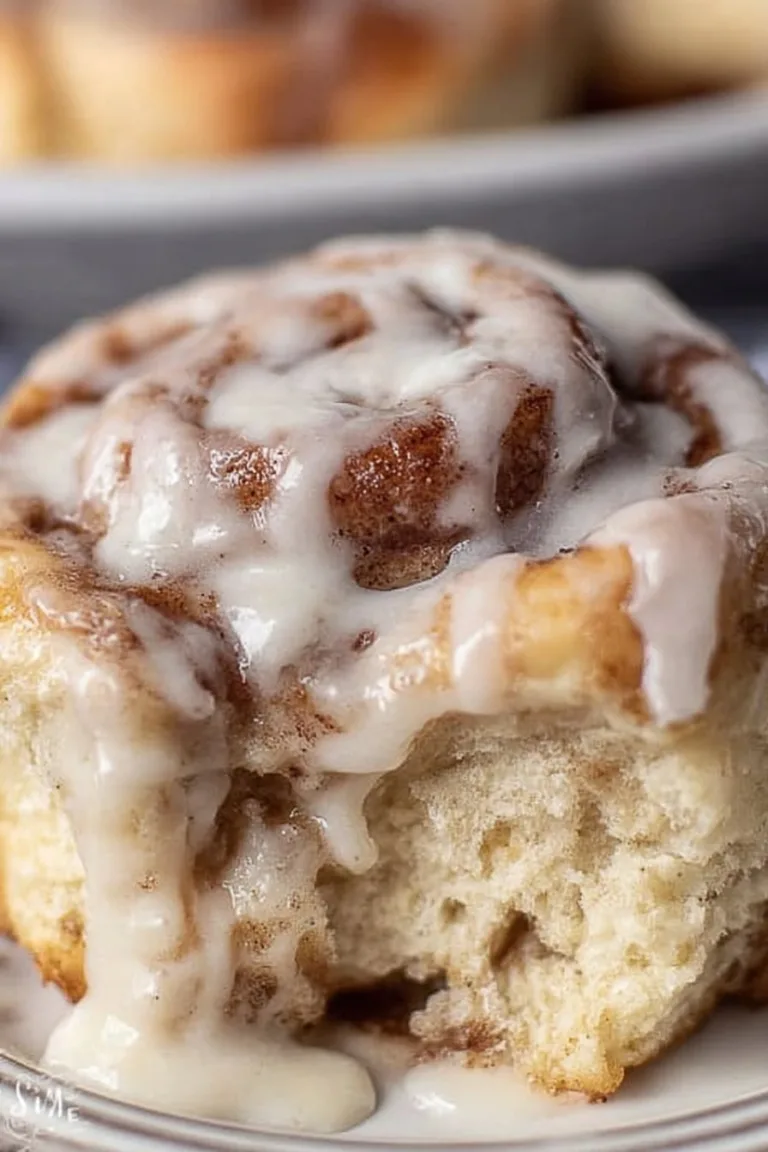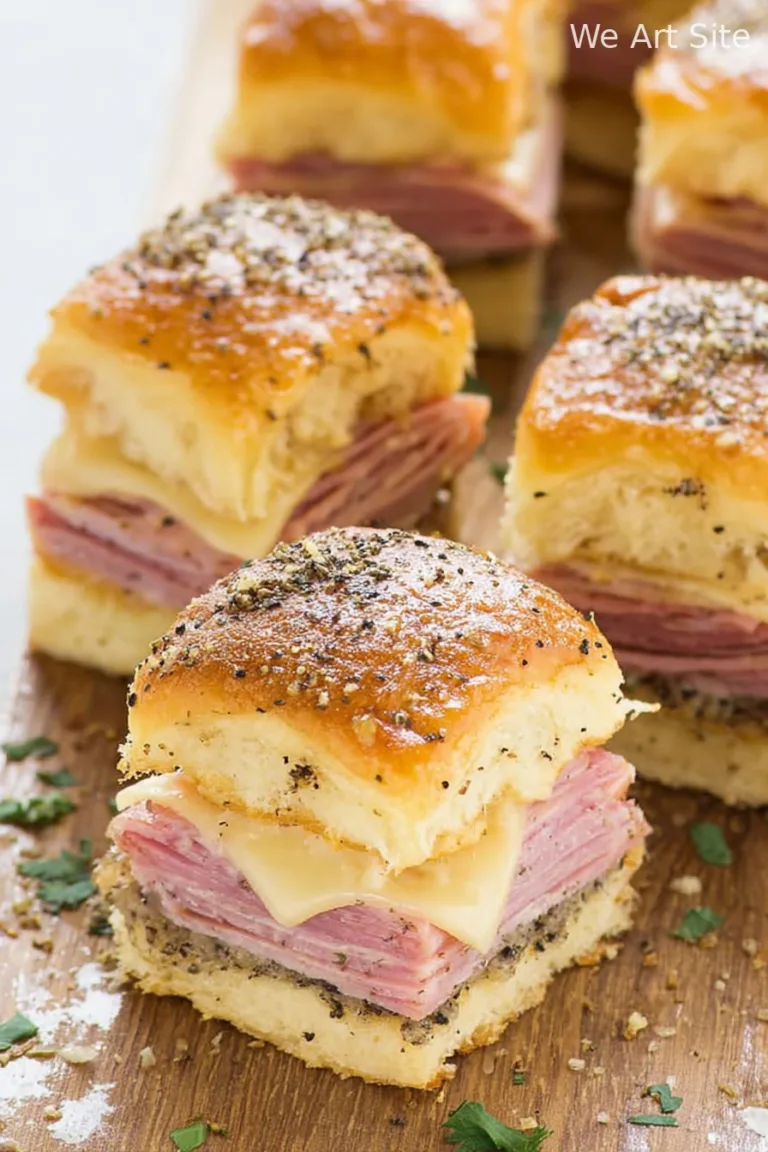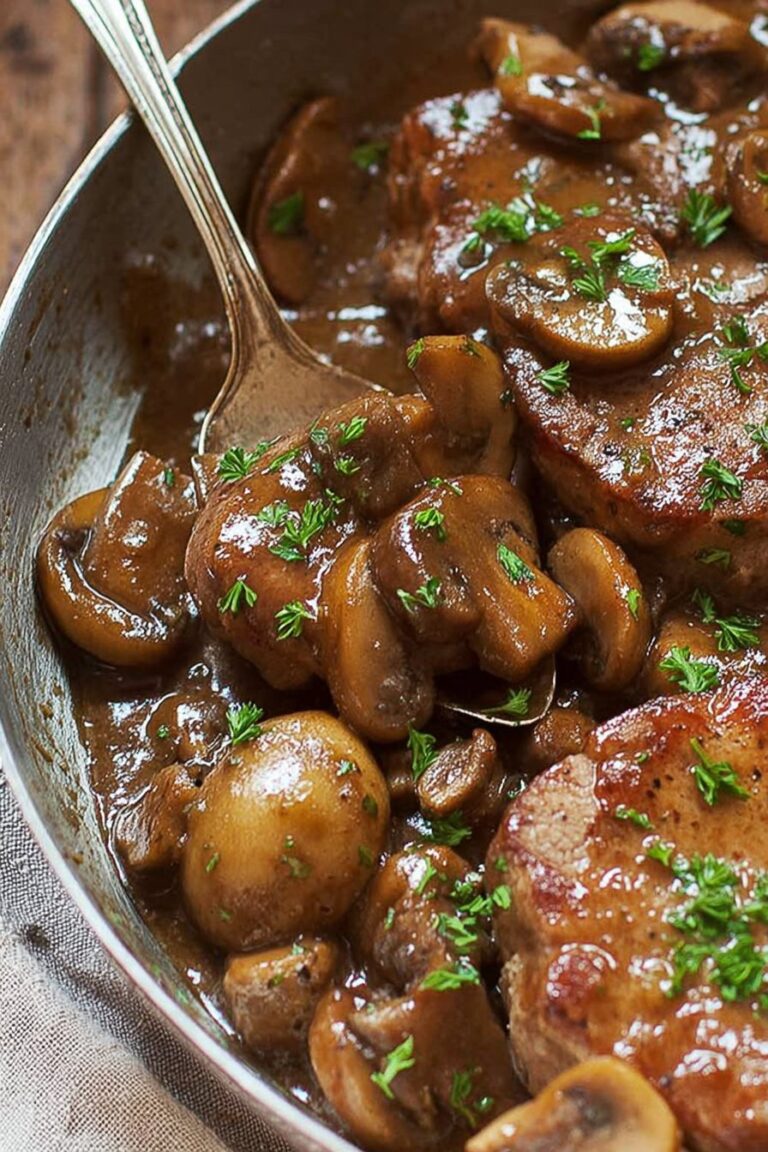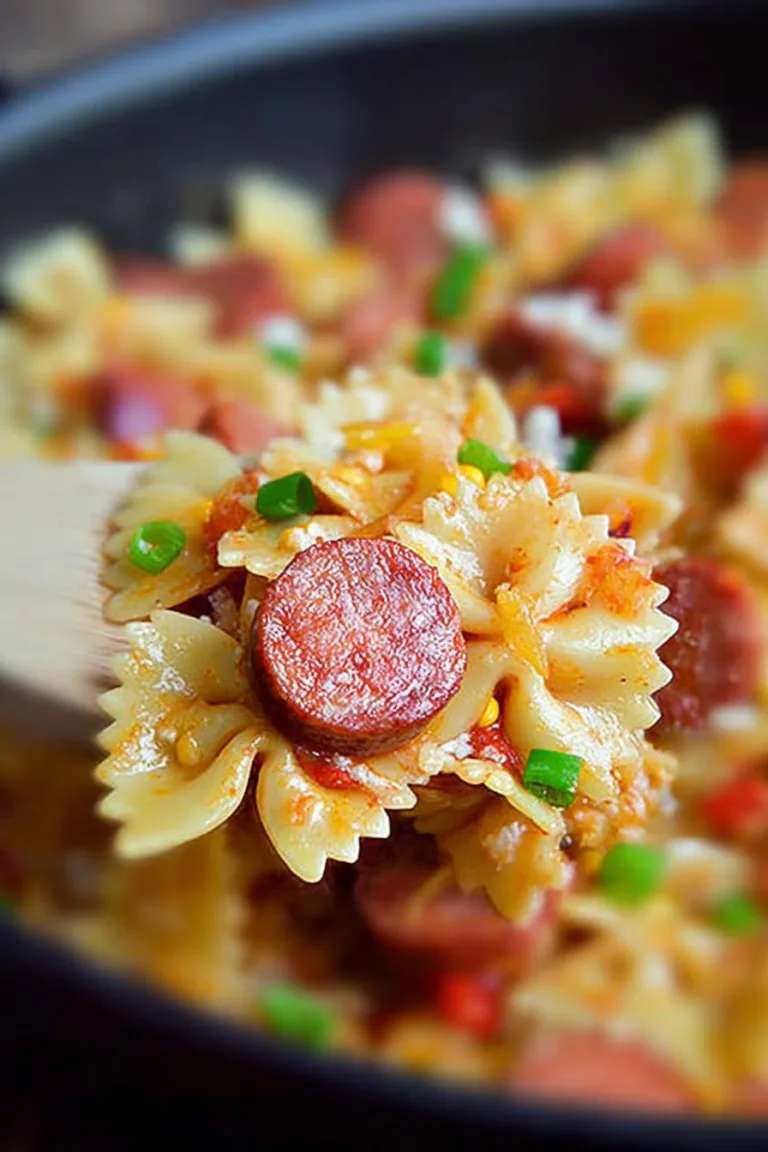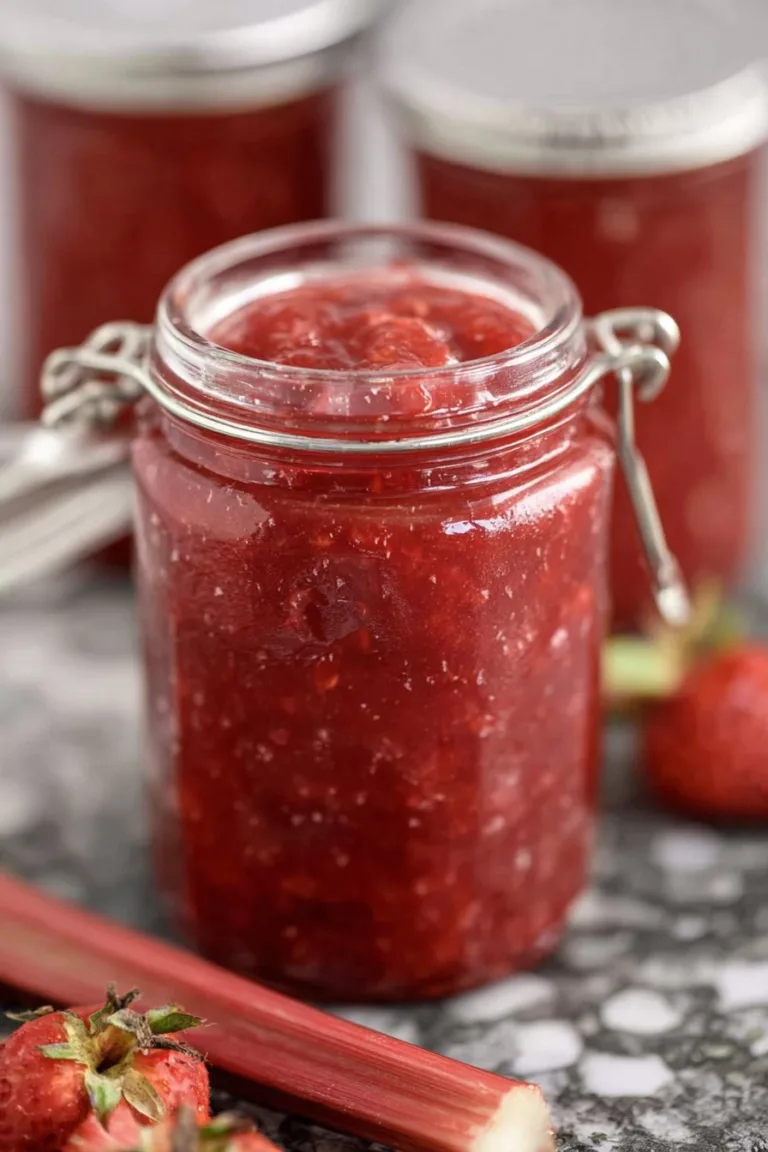Let’s Talk About This Cozy Chicken Pasta (aka My Tuesday Night Secret Weapon)
Alright friend, here’s the deal—this Easy Garlic Parmesan Chicken Pasta Recipe is the dish I whip up when I can’t be bothered to fuss over dinner but still want to eat something that feels a little bit like a hug. First time I made this, I almost burnt the garlic (oops, rookie mistake), but even then, my family raved about it. There was that one hilarious time my cousin tried to “help” and dumped in twice as much parmesan (it was, uh, intense, but we survived). So trust me, it’s pretty forgiving!
Why I Keep Coming Back to This One
I make this when it’s chilly outside or when I’ve had one of those days where my brain’s gone walkabout and all I want is a big bowl of pasta. My family goes a bit mad for this because it’s cheesy, garlicky, and there’s chicken (which, let’s be honest, makes it feel like a real meal). Sometimes I even sneak in extra veggies if I’m feeling virtuous. The sauce is rich but not fussy, and if you forget to measure something exactly, it still turns out so good nobody complains—except maybe if you skimp on the cheese. (Learned my lesson on that one.)
What You’ll Need (And What You Can Swap)
- Pasta (I like penne or fettuccine, but sometimes I just use whatever’s in the cupboard—spaghetti works in a pinch)
- Chicken breast or thighs (thighs are juicier, but breasts cook a bit quicker; my gran swears by thighs though, and who am I to argue?)
- Garlic—loads of it (like 4 cloves, but I won’t judge if you use more; jarred minced garlic works if you’re really in a rush)
- Parmesan cheese (freshly grated is best, but the green can stuff honestly works—you didn’t hear that from me)
- Butter (unsalted, but I’ve used salted in a pinch, just go easy on extra salt)
- Heavy cream (or half-and-half; once I even tried evaporated milk, and it was… fine, but not my fave)
- Olive oil
- Salt & pepper
- Optional: spinach, peas, or mushrooms (if you’re in the mood for greens or just clearing out the fridge)
How I Actually Make It (With All the Little Imperfections)
- Boil your pasta in a big pot of salty water. I usually eyeball the salt—think sea water, but you won’t be drinking it. Save about a mugful of pasta water before you drain it, trust me. I always forget and end up awkwardly fishing some out with a measuring cup, but it works!
- Meanwhile, cut up your chicken into bite-sized pieces. Season with salt and pepper. Heat a splash of olive oil in a large pan (nonstick if you’ve got it; otherwise just keep stirring so nothing welds itself to the bottom). Sauté the chicken until golden and cooked through. Set aside for a minute.
- Now, the best part: garlic and butter. In the same pan (don’t clean it—those brown bits are flavor!), toss in your butter and minced garlic. Stir it around for about a minute—don’t walk away here, garlic goes from fragrant to burnt quicker than you’d think. If you burn it slightly, just carry on; it’s still edible.
- Pour in the cream. Stir well, scraping up any tasty bits stuck to the pan. Let it bubble gently for a couple minutes so it thickens up a bit.
- Parmesan time! Toss in a big handful (or two) of parmesan, stirring until it’s melty. If it looks a bit weird or grainy, add a splash of that pasta water. This is usually where I sneak a taste to see if it needs more salt (the answer is usually yes).
- Add the chicken back in, along with any extra veggies you fancy. Cook for a couple minutes more, just so everything’s cozy and saucy together.
- Dump in your drained pasta. Toss everything together. If it looks too thick, add more pasta water a splash at a time until it looks glossy. If it’s too thin, give it a couple minutes over low heat to thicken up.
- Serve immediately with more parmesan (obviously) and maybe some chopped parsley if you’re feeling posh.
Some Notes I’d Tell My Younger Self
- Don’t stress if your sauce separates a bit—it still tastes great. Actually, letting the sauce rest for a couple minutes before serving helps it come together.
- If you accidentally oversalt it, a squeeze of lemon can help balance things out. (Discovered entirely by accident, naturally.)
- Leftover grilled chicken works too, just warm it in the sauce a minute or two.
Variations (And That One Time I Went Overboard)
Sometimes I use shrimp instead of chicken (my partner’s obsession). Broccoli is good chucked in during the last minute of pasta boiling. I once tried adding sun-dried tomatoes, but honestly, it was a bit much with the garlic—so I’d skip that. A splash of white wine in the sauce? Yes, please, if you’ve got it open.
Equipment You (Maybe) Need
- Large pot for boiling pasta (I once used a frying pan—don’t recommend unless you’re desperate)
- Big, deep skillet or frying pan
- Wooden spoon (or, let’s be real, anything you can use to stir)
- Colander for draining pasta; if you don’t have one, just use tongs or scoop it out with a slotted spoon—I’ve done both!
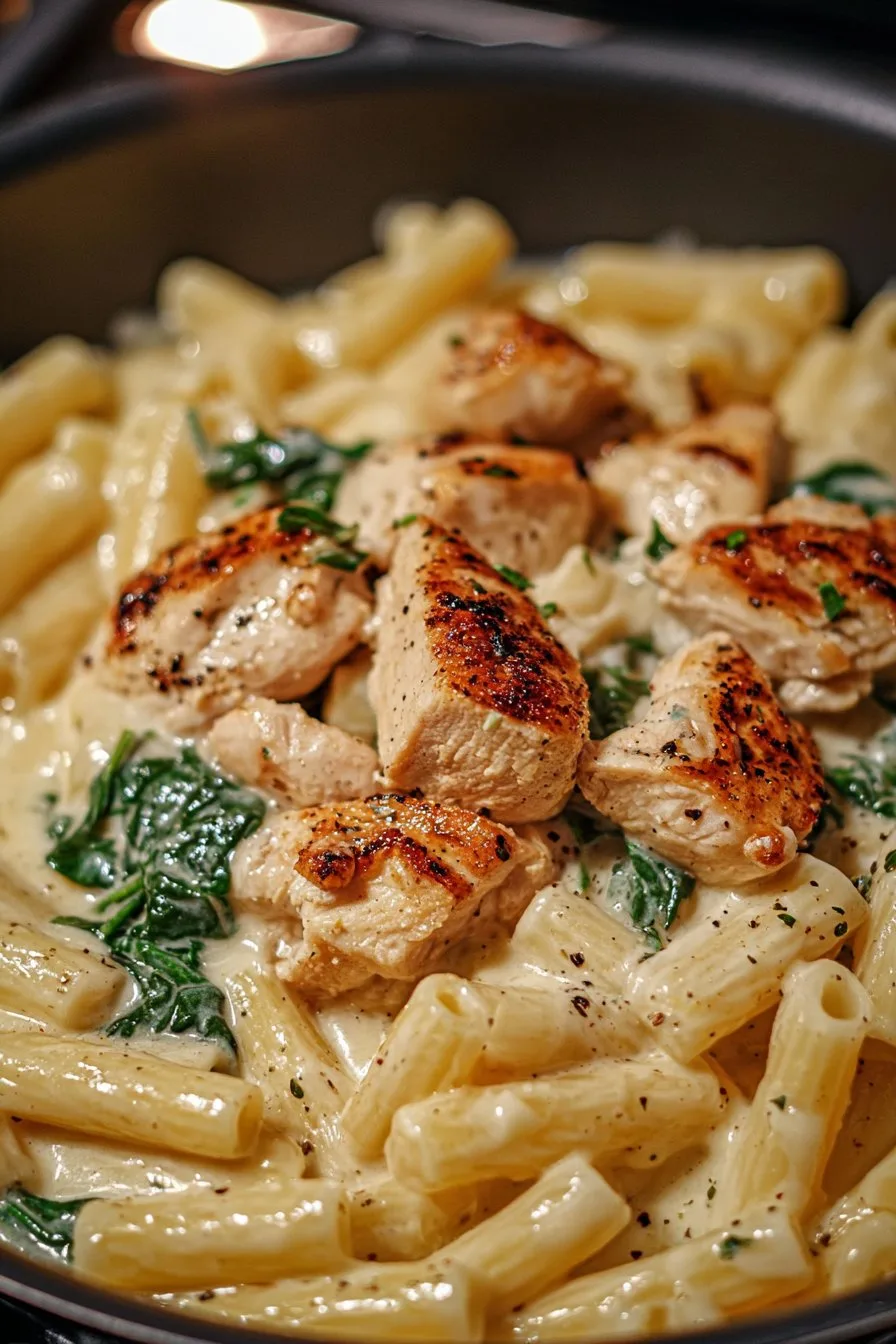
How to Store It (If You Actually Have Leftovers)
Pop leftovers in an airtight container in the fridge—it keeps for 2 or 3 days, though honestly, in my house it never lasts more than a day! Reheat gently in the microwave or on the stovetop with a splash of milk or water to loosen up the sauce.
Serving: What I Like With It
This is a meal on its own, but I love serving it with a big salad or some crusty bread to mop up the sauce. My sister always insists on garlic bread (she has a one-track mind). If it’s a fancy dinner, maybe a glass of chilled white wine—Sauvignon Blanc is nice.
Pro Tips—Learned the Hard Way
- Don’t rush browning the chicken—if you do, it comes out pale and flavorless, and I’ve regretted it every time.
- Use more garlic than you think you need; the flavor mellows in the sauce.
- Actually, I find it works better if you grate the parmesan yourself because the pre-shredded stuff sometimes clumps, but honestly, use what you’ve got.
FAQ (Stuff Friends and Family Have Actually Asked Me)
- Can I use rotisserie chicken? Definitely! Just shred it and stir it in at the end—you really can’t go wrong.
- Is there a way to make this lighter? Yep, swap the cream for half-and-half or even milk (though sauce will be thinner, but still tasty!).
- What if I don’t have parmesan? Okay, so I’ve used Pecorino Romano in a pinch; it’s saltier, so go easy on extra seasoning.
- Can I make this gluten free? Sure thing—just use your favorite GF pasta (I like the corn-based ones best, but honestly they all work). And hey, if you’re after a really good pasta brand, I’ve had luck with Banza chickpea pasta for gluten free.
- How garlicky is this? Honestly, pretty garlicky, but you can always dial it back. Or up, if you’re feeling vampiric.
Hope you enjoy this as much as we do—if you want more pasta inspiration, the folks over at Serious Eats have some great ideas too. And if you ever feel like chatting about pasta mishaps, I’m all ears (send snacks).
By the way, have you ever noticed how pasta shapes seem to multiply in the cupboard? I swear I buy penne and end up with a wild spaghetti party weeks later. Anyway, happy cooking!
Ingredients
- 2 boneless, skinless chicken breasts, cut into bite-sized pieces
- 8 oz (225g) penne pasta
- 3 tablespoons unsalted butter
- 4 cloves garlic, minced
- 1 cup heavy cream
- 1 cup grated Parmesan cheese
- 1 teaspoon Italian seasoning
- Salt and black pepper to taste
- 2 tablespoons chopped fresh parsley (optional)
Instructions
-
1Cook the penne pasta according to package instructions until al dente. Drain and set aside.
-
2Season the chicken pieces with salt, black pepper, and Italian seasoning.
-
3In a large skillet over medium heat, melt 1 tablespoon of butter. Add the chicken and cook until golden and cooked through, about 5-7 minutes. Remove chicken from skillet and set aside.
-
4In the same skillet, melt the remaining butter. Add minced garlic and sauté for 1 minute until fragrant.
-
5Pour in the heavy cream and bring to a gentle simmer. Stir in the Parmesan cheese until melted and smooth.
-
6Add the cooked pasta and chicken to the skillet. Toss everything together until well coated. Garnish with fresh parsley if desired and serve warm.
Approximate Information for One Serving
Nutrition Disclaimers
Number of total servings shown is approximate. Actual number of servings will depend on your preferred portion sizes.
Nutritional values shown are general guidelines and reflect information for 1 serving using the ingredients listed, not including any optional ingredients. Actual macros may vary slightly depending on specific brands and types of ingredients used.
To determine the weight of one serving, prepare the recipe as instructed. Weigh the finished recipe, then divide the weight of the finished recipe (not including the weight of the container the food is in) by the desired number of servings. Result will be the weight of one serving.
Did you make this recipe?
Please consider Pinning it!!

